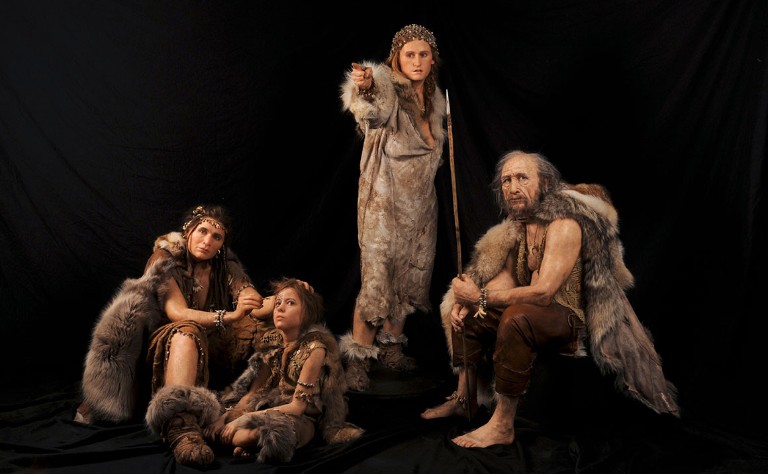Categories
[mc4wp_form id="493"]

Use of Leather Through Time
Humanity has used animal hides since the Paleolithic, for clothing as well as mobile shelters such as tipis and wigwams, and household items. Since ancient times, hides have also been used as a writing medium, in the form of parchment. Hominids without fur would have needed leather clothing to survive outside the tropics in mid-latitude Eurasia, southern Africa, and the Levant during the cold glacial and stadial periods of the Ice Age, and there is archaeological evidence for the use of hide and leather in the Paleolithic. The earliest known bone awls date to between 84,000 and 72,000 years ago in South Africa, and their use-wear shows that they were probably used to pierce soft materials, such as tanned leather. Bone awls were later made in the Aurignacian in Europe, West Asia, and Russia, and also in Tasmania during the Last Glacial Maximum. Paleolithic hunters are also known to have targeted fur-bearing animals, such as wolves and arctic foxes in Europe, mole-rats in Africa, and red-necked wallabies in Tasmania
As animal husbandry was introduced during the Neolithic, human communities got a steady source of hides. The oldest confirmed leather tanning tools were found in ancient Sumer and date to approximately 5,000 BCE.[5] The oldest surviving piece of leather footwear is the Areni-1 shoe that was made in Armenia around 3,500 BCE. Another, possibly older, a piece of leather was found in Guitarrero Cave in northern Peru, dating to the Archaic period. The first written references to leather are documented from Ancient Egypt around 1,300 BCE.[6] Various substances used were tannin obtained from trees, as well as animal brains, or feces. The odor from tanning separated the tanneries from populated areas.
Leather was one of the critical industries of the Roman Empire. The imperial state provided contracts and subsidies to ensure that there were a sufficient quantity and quality of leather to keep legionnaires supplied with effective armor. As with most industries, leather production probably became more local during the third-century crisis. Although there was some fourth-century recovery, the military was meanwhile transitioning to depend increasingly on heavy cavalry in units that had adopted Germanic identities. So leather production was increasingly local or at best regional by the fifth century.
Once the imperial state broke down in the West in the late 400s, there was little infrastructure left to support major industries. This is especially true north of the Loire. Northern France and post-Roman Britain went into an especially dramatic material decline, apparently dominated by relatively autonomous villages. Elsewhere, aristocrats held on somewhat better, maintaining a greater sense of material difference from their social inferiors. In these places, and especially in the dwindling cities and at emerging ecclesiastical centers, leather production probably continued on a small scale.
Literacy is actually a fairly good measure of leather production since vellum and leather are both made from working animal skins, through shaving, soaking, and shaping. Literacy became increasingly restricted in much of the old Western Roman Empire, and almost non-existent north of the Loire. There was only one facility capable of large-scale leather tanning in the British Isles during the early Anglo-Saxon period (500-800), and this was actually a vellum factory at a monastery in Scotland.
Things clearly start to change after 800. Charlemagne’s empire was built on imperial estates, many of which could probably produce leather, and across the Channel in England, kings like Alfred the Great sponsored a revival of city life, which would also have led to increased leather production. At this point, leather would have again become fairly common, although I doubt whether a person could put together a suit of leather armor without the direct patronage of a king or estate owner.
Europe or the later middle ages, but with regard to the early medieval West, non-aristocrats would have had very little access to tanned leather. They may have occasionally tanned or more likely thawed their own, but these poor-quality leathers have left little trace in texts or in the archaeological record. When non-aristocrats used animal skins, it was more likely in the form of untanned rawhide (just like a dog’s chew toy), which is pliable when wet but brittle when dry. Rawhide can be very useful for lashing things together, but it’s not flexible enough for use as clothing or armor.
[ssba]